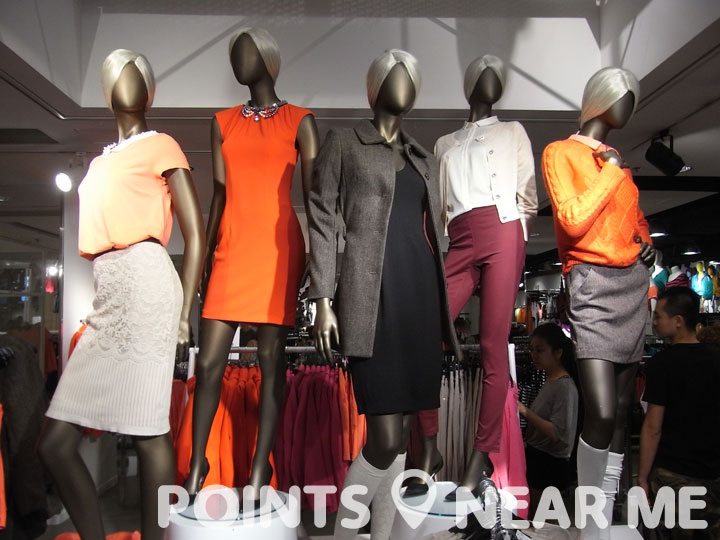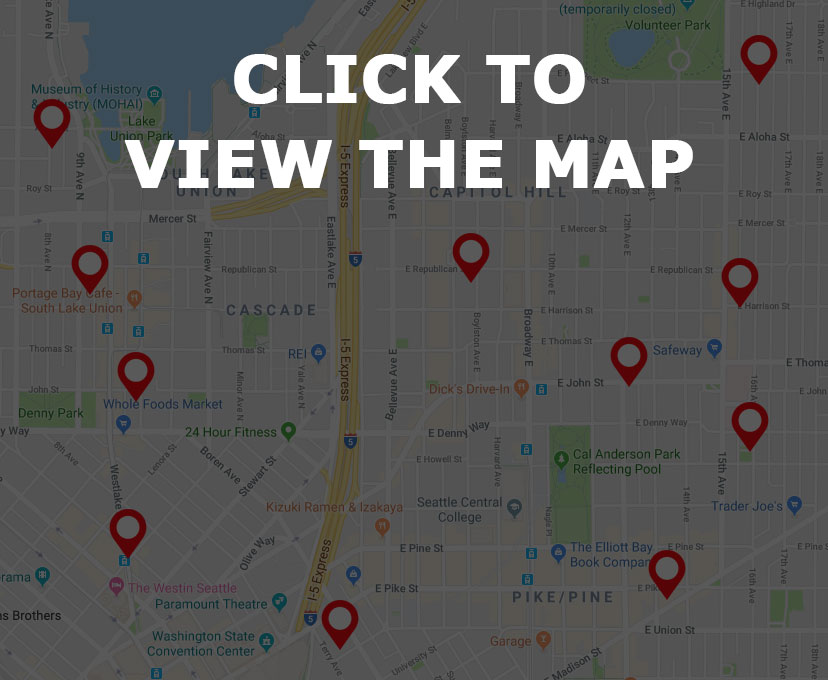Clothing Stores Near Me
When you want a brand new outfit or just a basic piece to add to your wardrobe, where do you head to other than a clothing store? There are so many stores across america for you to find the perfect clothing pieces.
No matter your size, you’ll fine the store that will suit your needs. If you happen to not find a piece suited for you in a rare occasion, there is always tailoring available for you! If you’re interested in finding a clothing store for your new outfit, search Clothing stores near me.
Clothing Stores Near Me – Find it on the Map
Clothing Stores Near Me – Clothing Stores Trivia
What is vanity sizing?
Vanity sizing is the idea of ready-to-wear clothing of the same normal size that becomes bigger in physical size over time. This happens to occur in places where clothing sizes are not standardized like the U.S. market. This size inconsistency has long existed and it dates back to about 1937. A size 8 dress with a 32-inch bust in 1967 is now considered a size 0 today. Some people argue that the vanity sizing is designed to satisfy the wearer’s wishes to feel thinner and more beautiful and in turn increasing their confidence. Some people suggest that vanity sizing has contributed to the normalization of obesity in society.
Actually a study in 2003 has shown that over 1,000 pairs of women’s pants from more expensive brands tend to be smaller than those from cheaper brands within the normal size.

Clothing stores have come a long way throughout the years.
Who invented online shopping?
One of the most easiest ways to buy clothing nowadays is by shopping online. Entrepreneur Michael Aldrich was a pioneer of online shopping in 1979. He made a system that connected to a modified domestic TV to a real-time transaction processing computer via a domestic telephone line.
What are the five most common clothing materials?
Clothing is made up of many different materials but there are a few different ones that happen to show up the most in clothing pieces. This materials are usually the cheapest to find the easiest to incorporate. The five most common clothing materials are linen, cotton, polyester, and rayon.
What does vintage clothing refer to?
Vintage clothing actually refers to clothing made between 20 and 100 years ago, The materials and design actually give it a look of more old-fashioned times. Retro clothing refers to recently made clothing that is designed to resemble the style of another period. It’s made to mimic the look and styles of that older period. If you’re interested in buying some clothes and seeing if you can get your hands on some retro clothes, just search Clothing stores near me.
Clothing Stores Near Me – Clothing Stores Facts
The clothing industry for the longest time was considered the household industry. From the raising of raw materials, the spinning and weaving and the sewing, it was all done inside one’s home. Fine imported textiles, including clothing and bed and table linens, were costly items in the colonial period. Usually in the average family home, all stages of clothing manufacturing were carried on in the home and the women and children would make plain but durable clothing. The stages of spinning and weaving were eliminated from home work after the 1830s, when american manufacture of textiles became an established industry, Machine-made cloth was soon sold to rural householders through country stores and traveling drummers. If you’re interested in finding a clothing store for your new outfit, search Clothing stores near me.
When the sewing machine was patented by Elias Howe in 1846 and then later perfected by Isaac Singer, it made way for a change in the clothing industry. Sewing machines, powered at first by foot treadles and later in the century by electricity, vastly increased the output of ready-made clothing. The characteristics of the sewing machine actually determined the structure of the clothing industry up to the present. The low cost, portability and simplicity of the sewing machine promoted a decentralized industry based on unskilled labor, piecework, and low capital investment. Because of how cheap the machines were, the industry was actually quite easy to enter. The problem with adding more machines to a shop was the the cost of labor involved in making clothes. Work was subdivided between individuals who did the sewing in their home. Workers usually worked on only one part of a garment and the production could be broken into over 150 operations.
Sometimes the task system was used, in which a team of workers was jointly responsible for finishing a number of garments. The system was unsteady and fraught with constant competition among contractors and workers.












